A&P Mini Practical 8 - Brain and Cranial Nerves
1/56
There's no tags or description
Looks like no tags are added yet.
Name | Mastery | Learn | Test | Matching | Spaced |
|---|
No study sessions yet.
57 Terms
Pia mater

Arachnoid mater
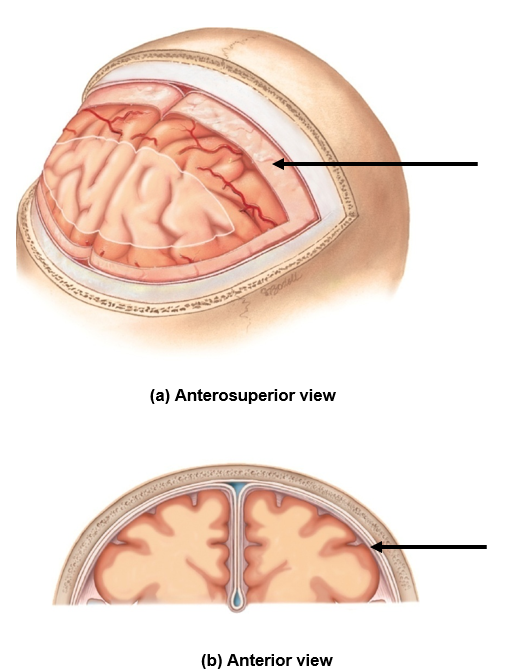
Dura mater
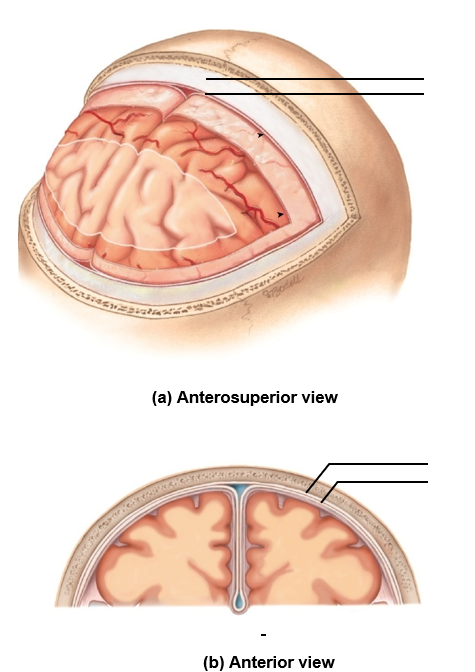
Frontal lobe
Thinking
Planning, mood, smell, social judgement, personality
Voluntary motor functions
Neurons called upper motor neurons
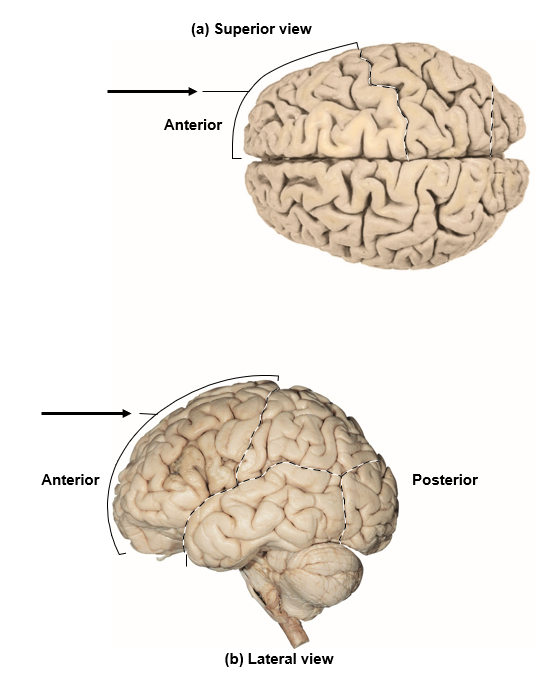
Parietal lobe
Somatesthetic sensation (coming from receptors in the skin, muscles, tendons, and joints); somatosensory cortex
General senses

Temporal lobe
Hearing and Olfaction
Includes areas for learning memory, emotional behavior (limbic system)
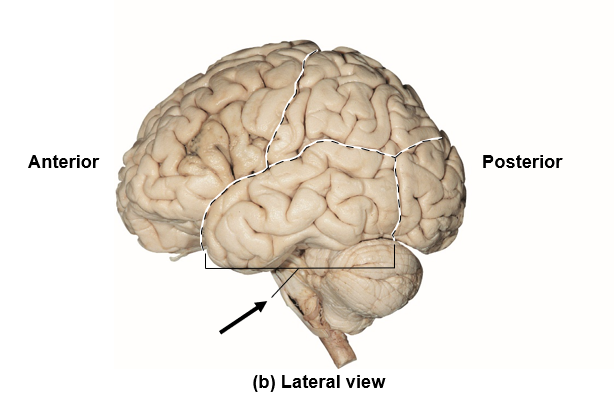
Occipital lobe
Vision
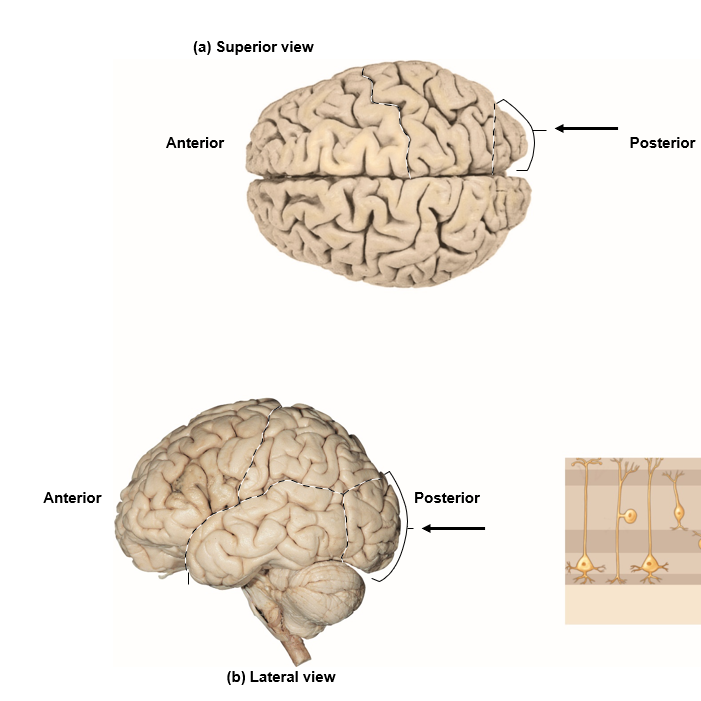
Insular lobe/insula
Language
Taste
ANS output
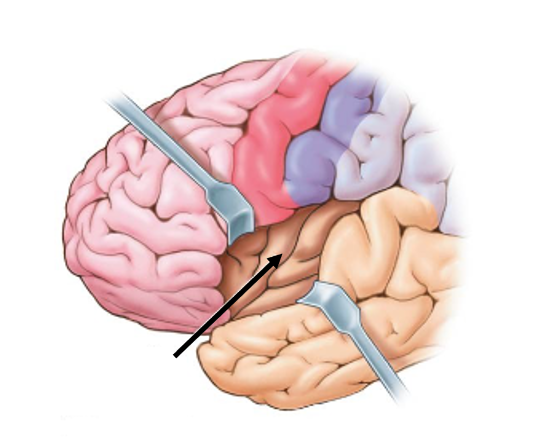
Gyrus
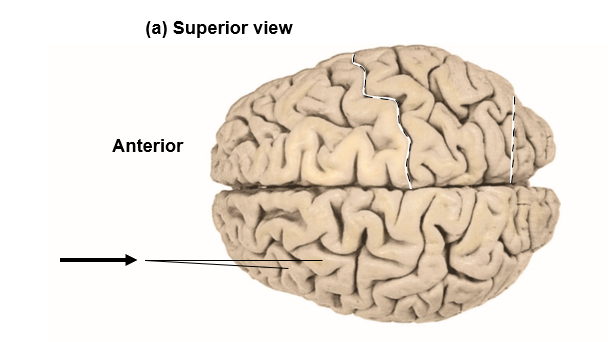
Sulcus
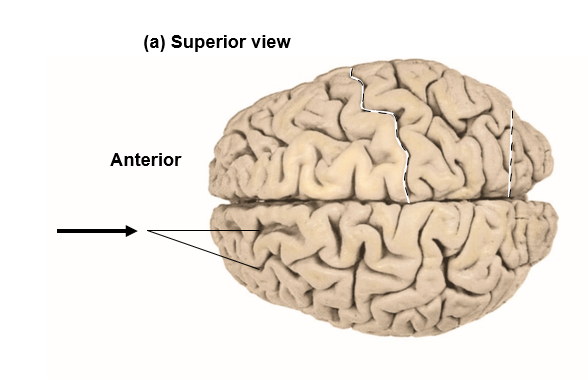
Longitudinal fissure
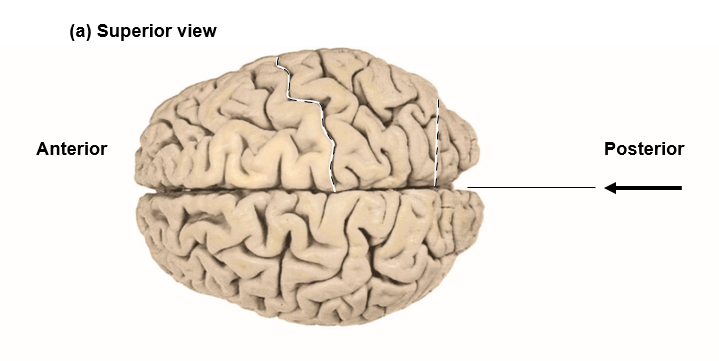
Transverse fissure

Lateral fissure
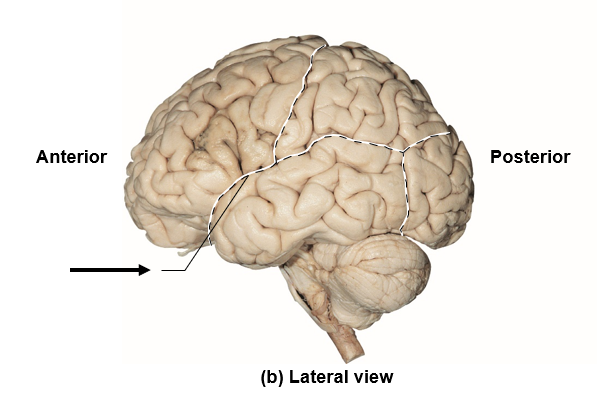
Central sulcus
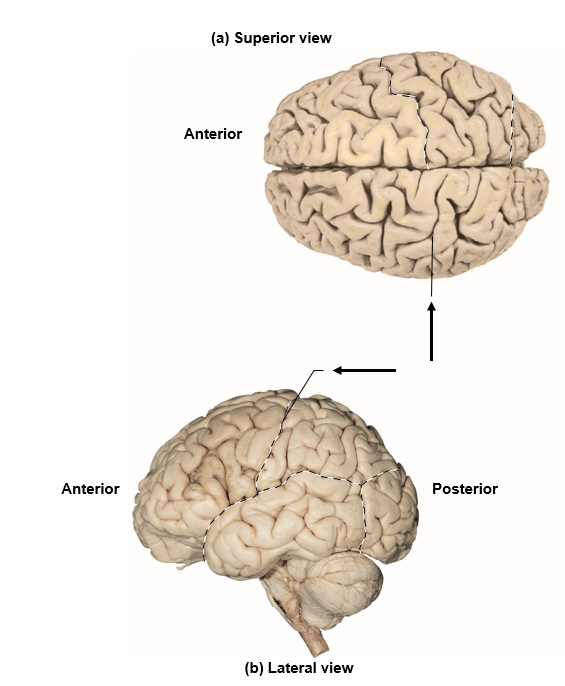
Primary motor cortex
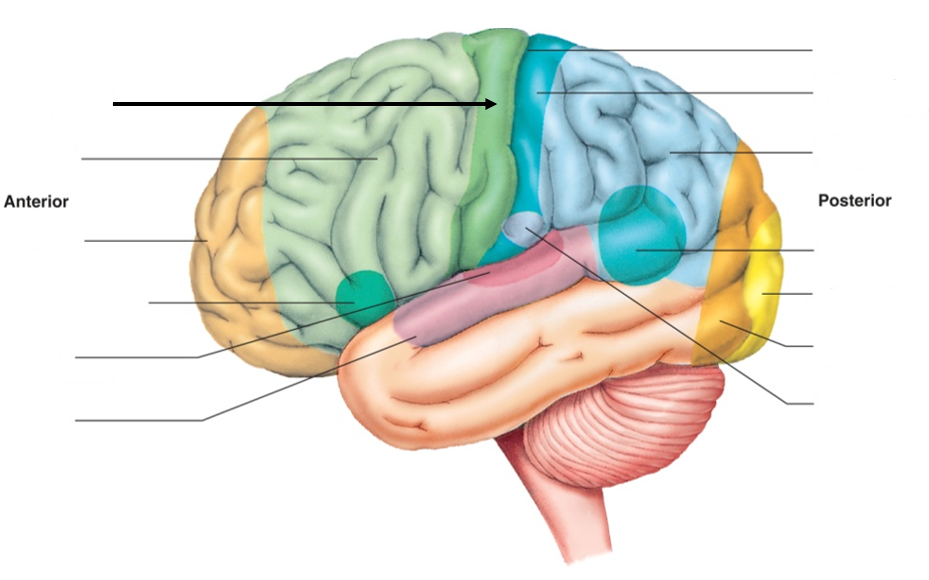
Primary somatic sensory cortex
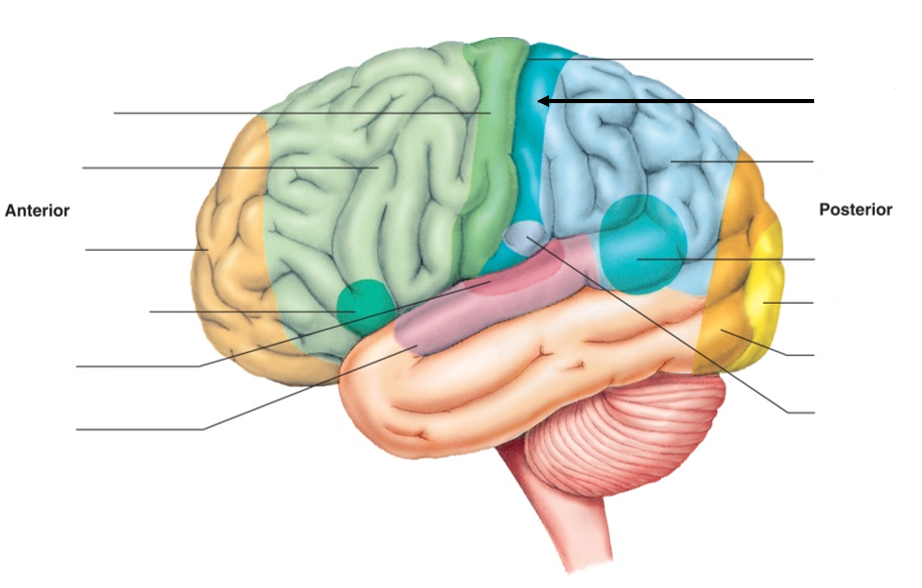
Sensory speech area (Wernicke’s Area)

Motor speech area (Broca’s Area)

Primary auditory cortex
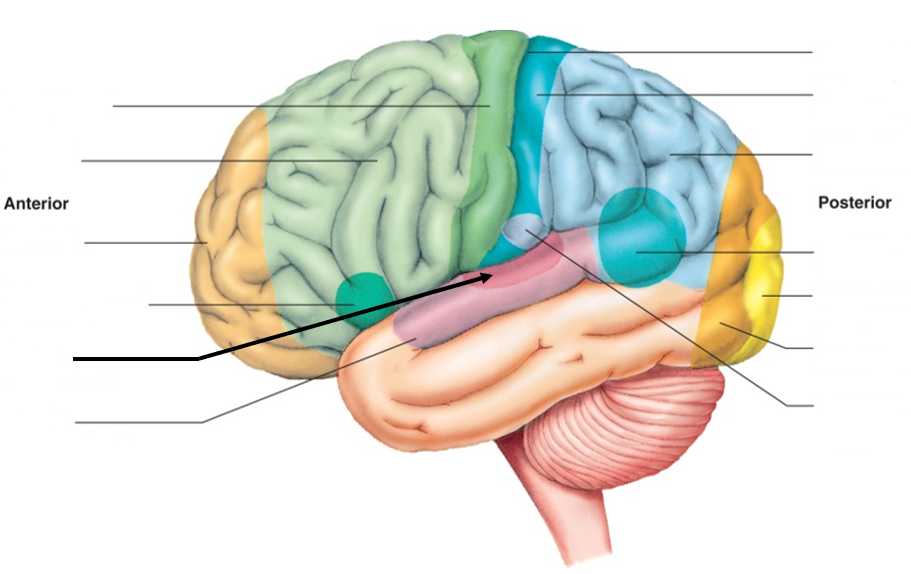
Taste area
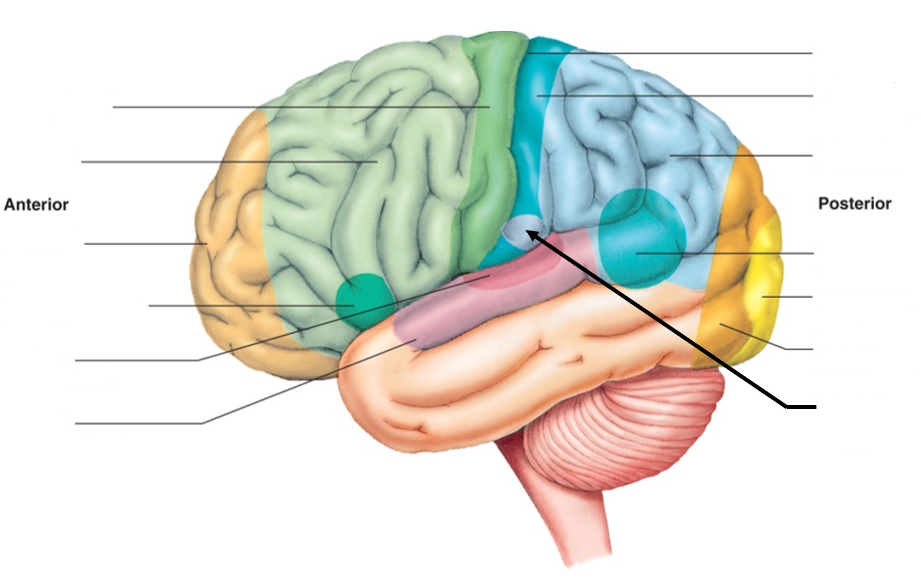
Visual cortex
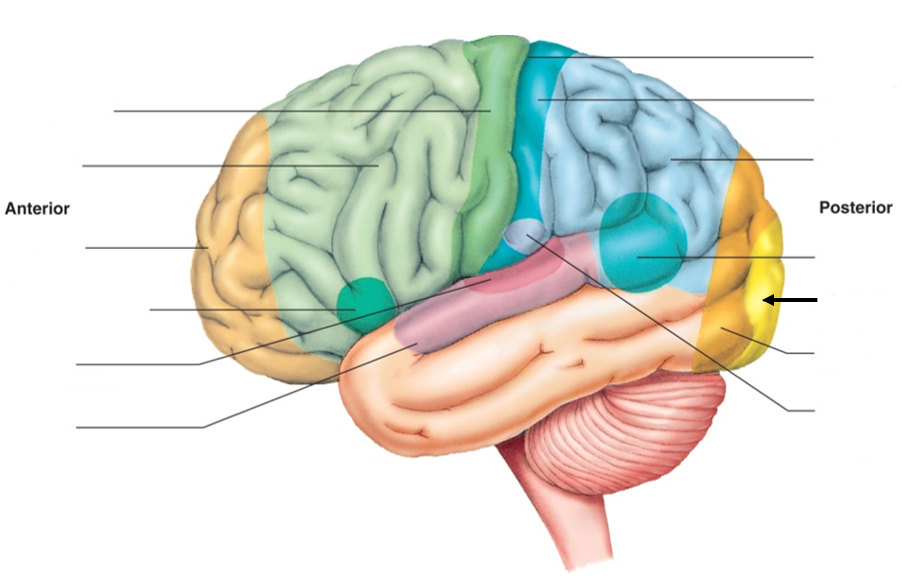
Corpus callosum
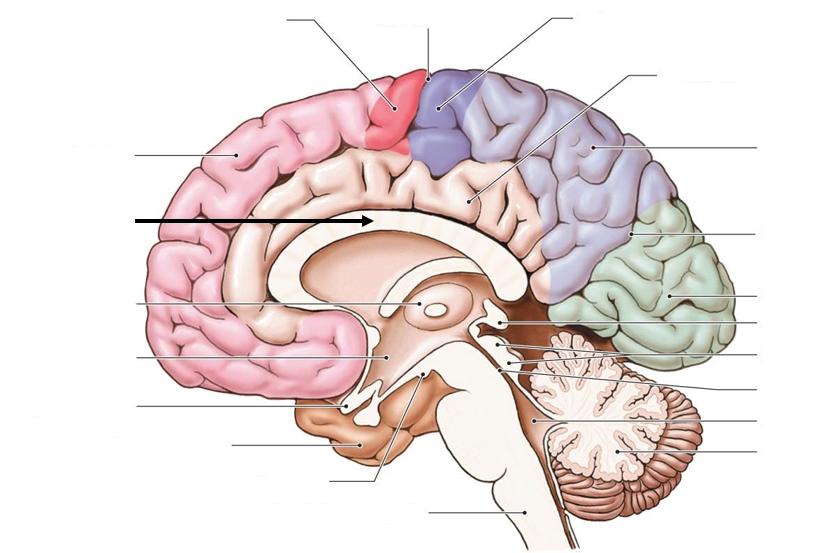
Thalamus

Hypothalamus
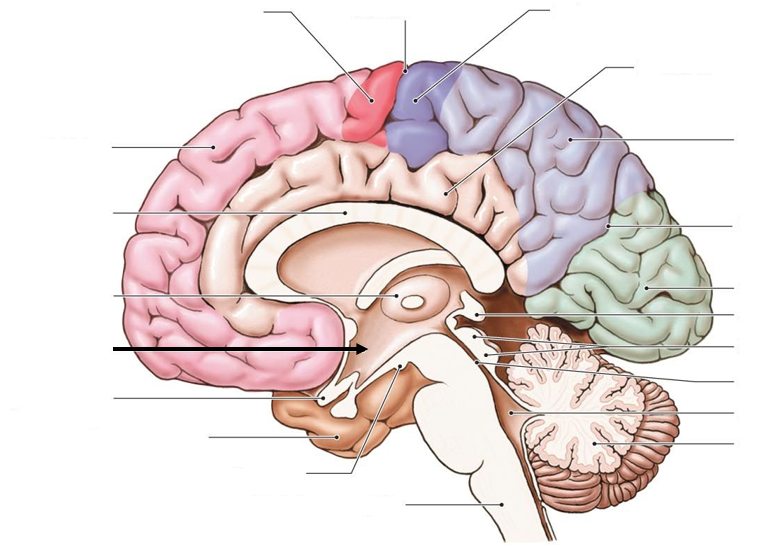
Pituitary gland
looks like balls
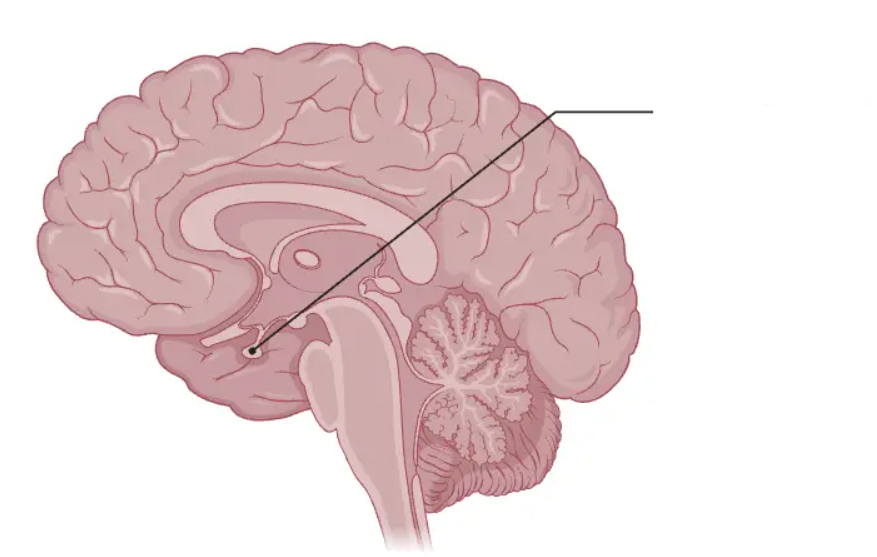
Corpora quadrigemina
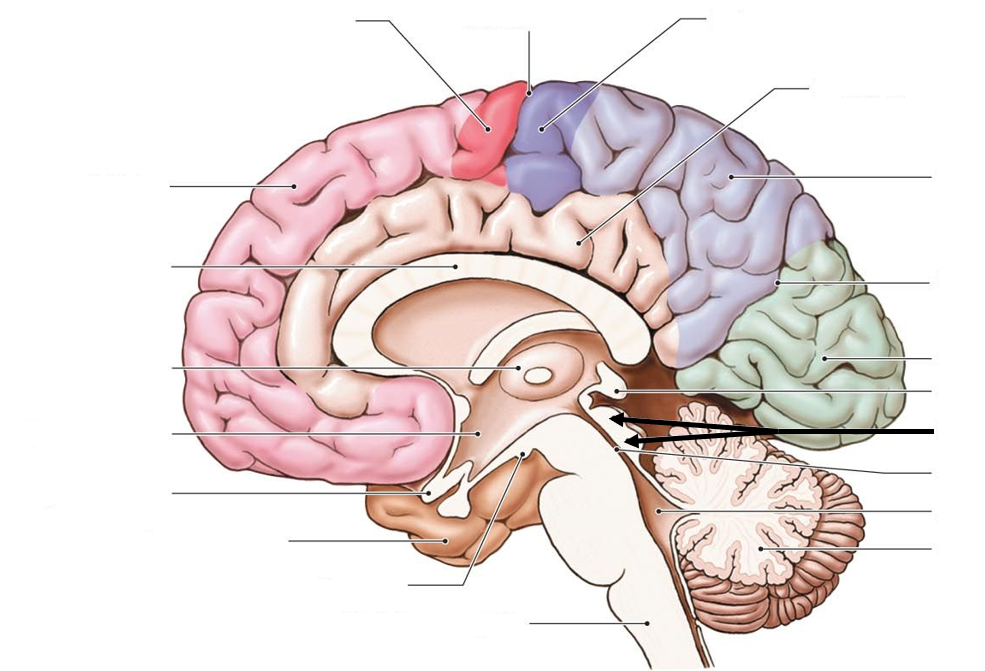
Superior colliculi

Inferior colliculi
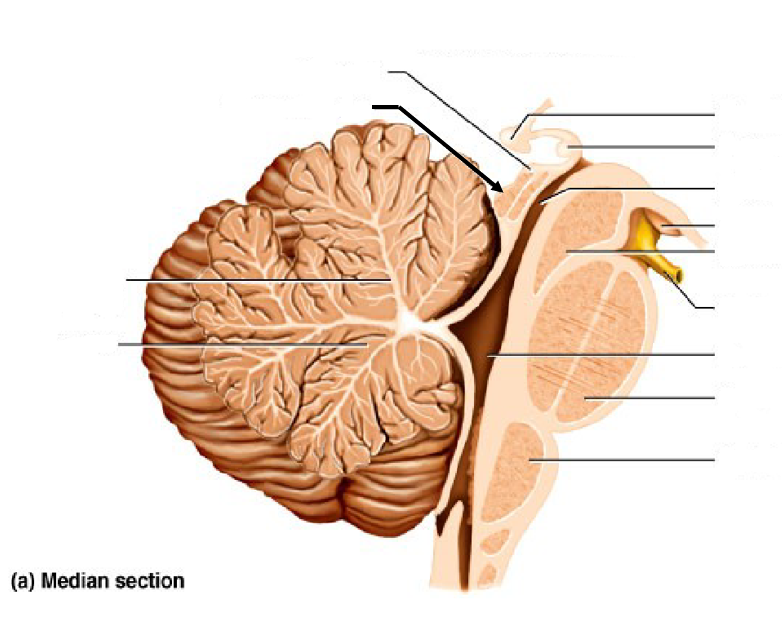
Pons
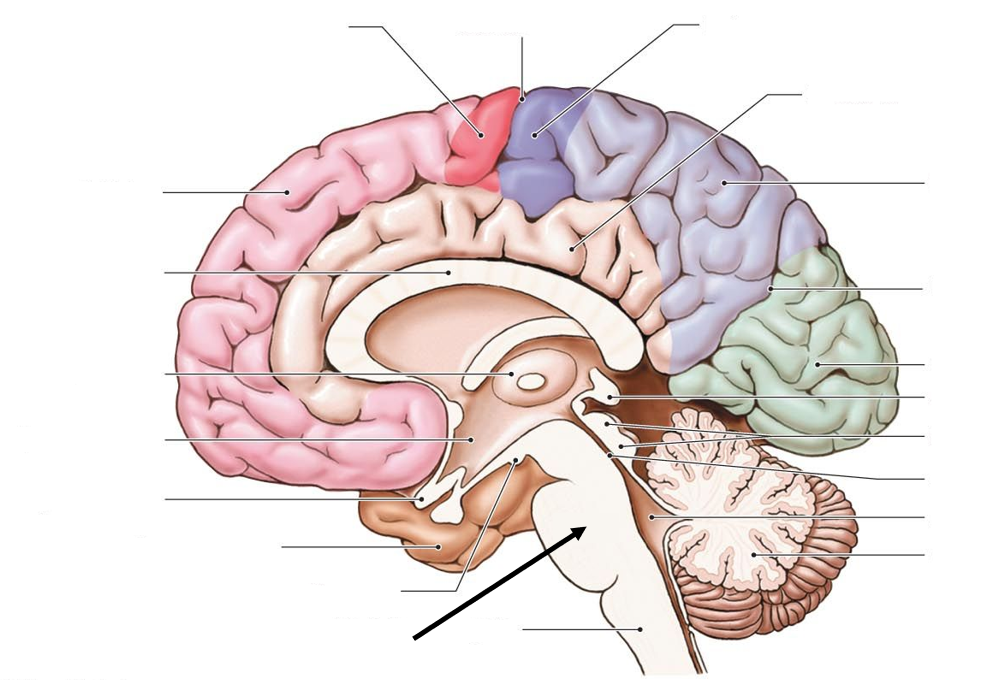
Medulla oblongata

Cerebellum

Arbor vitae
white matter part of cerebellum, looks like tree
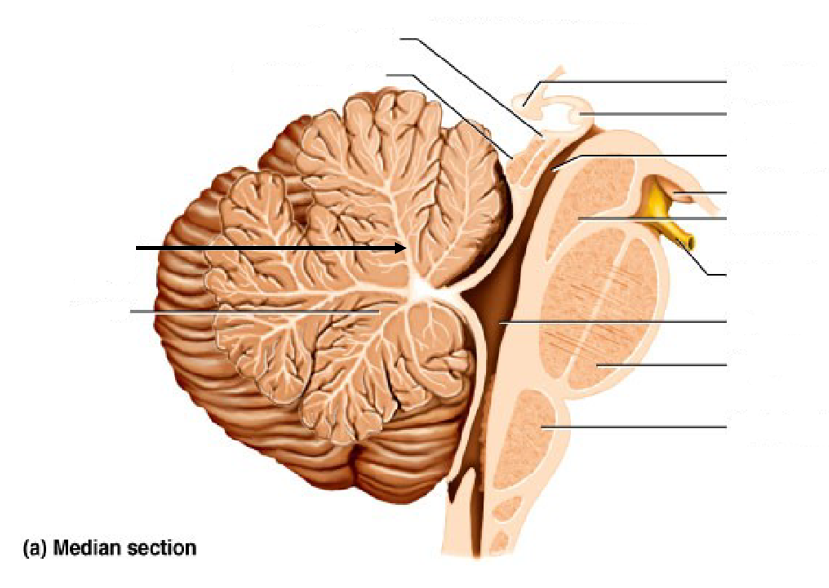
Pineal gland
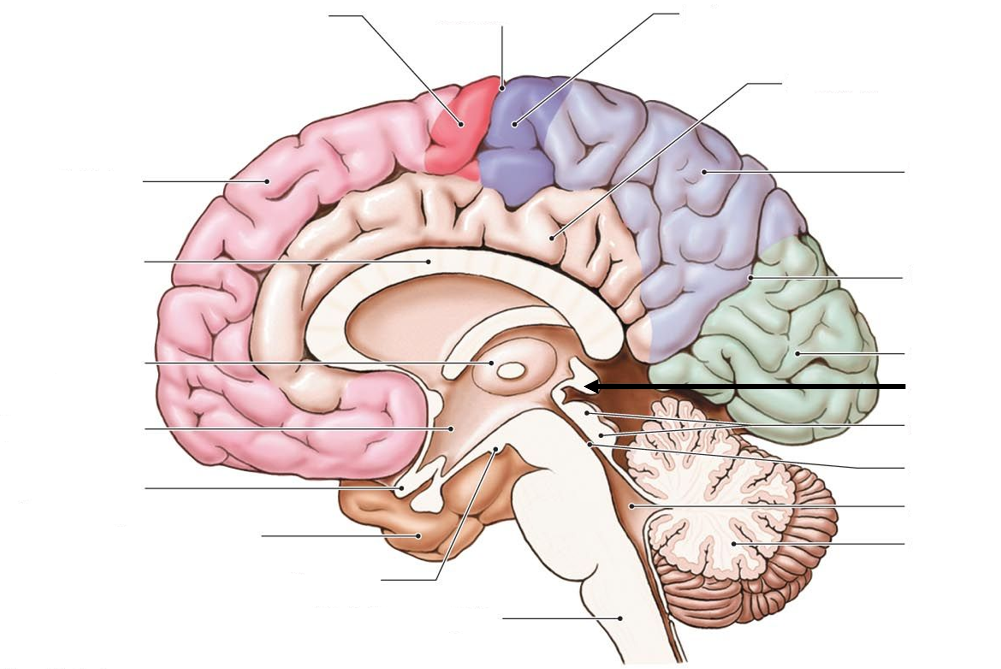
Septum pellucidum
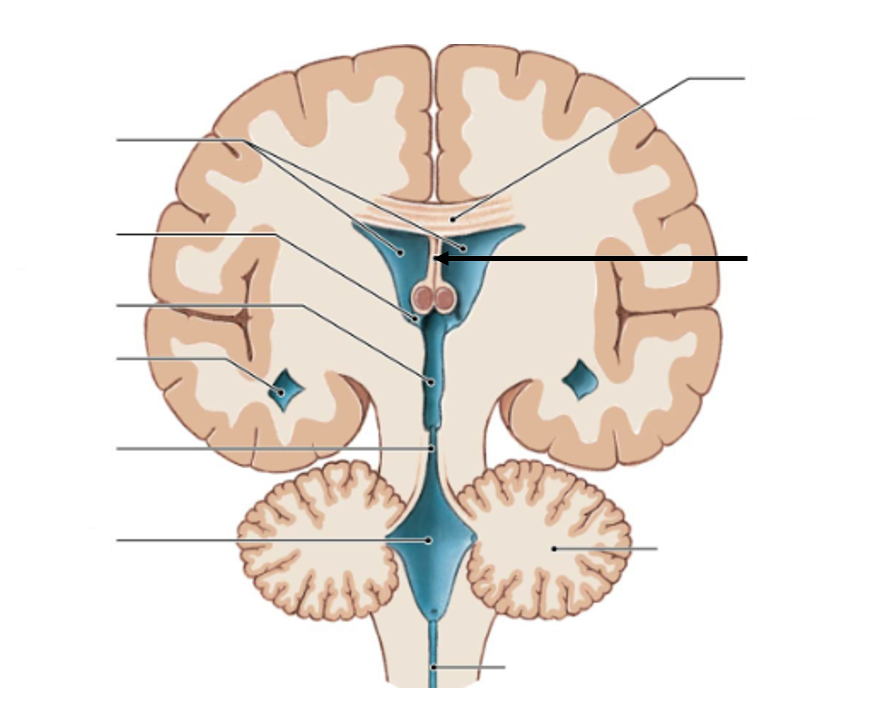
Optic chiasm

Fornix

Mammillary body

Amygdala
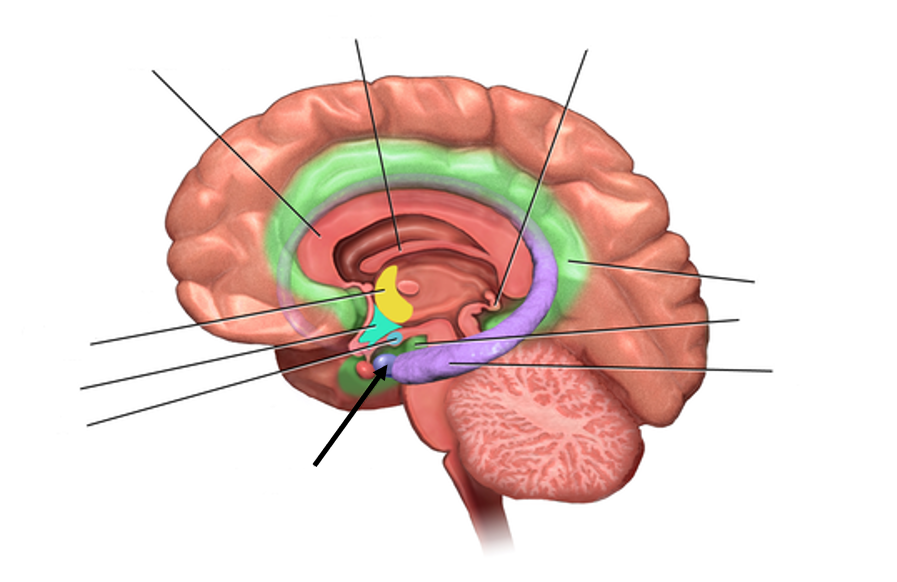
Hippocampus
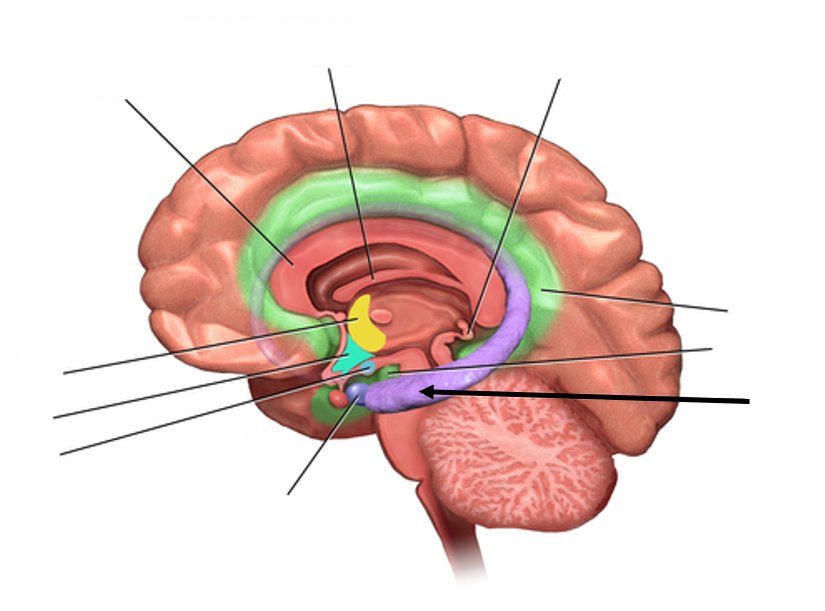
Olfactory cortex
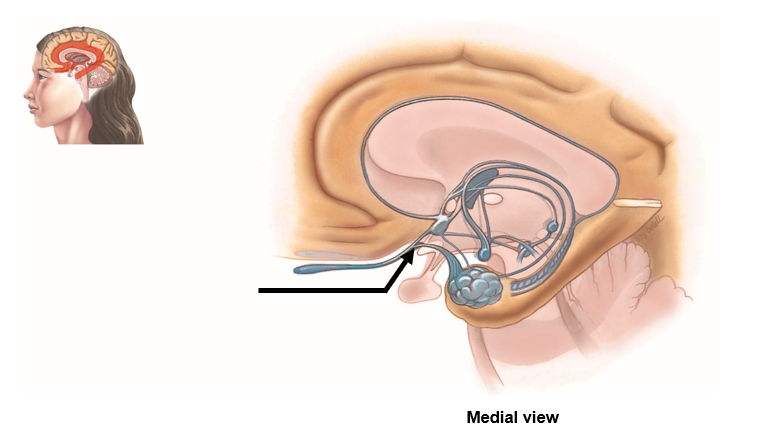
Lateral ventricles
2 of them (left and right)
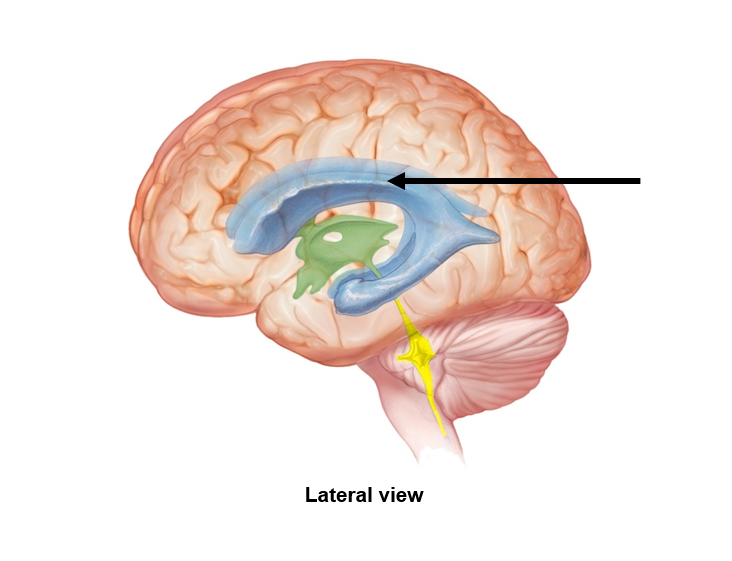
Third ventricle
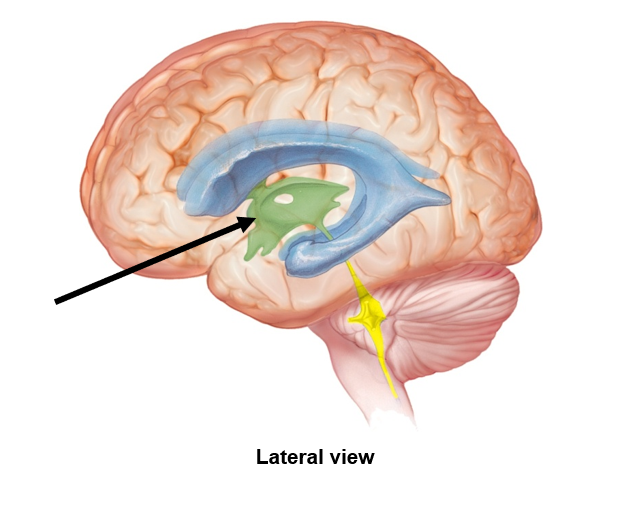
Fourth ventricle
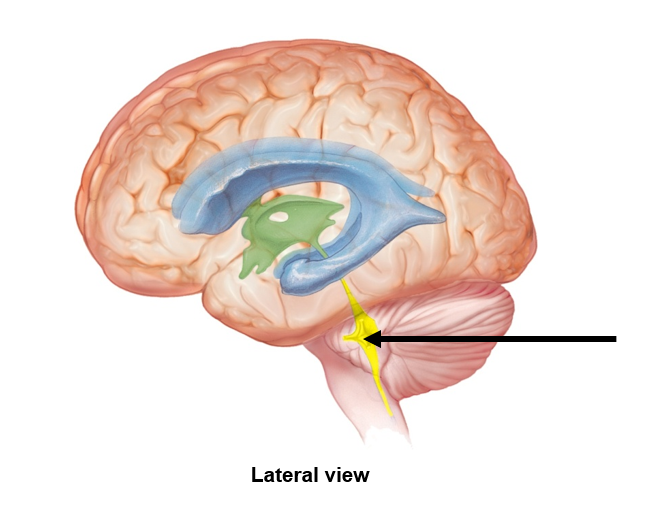
Cerebral aqueduct
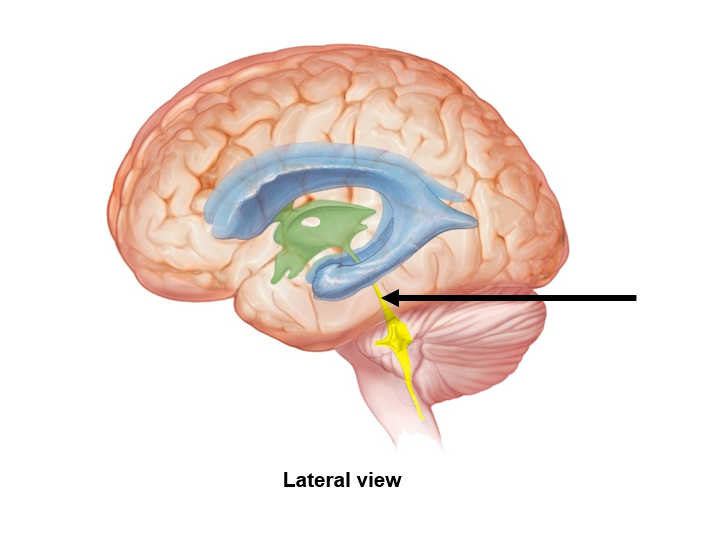
Choroid plexus
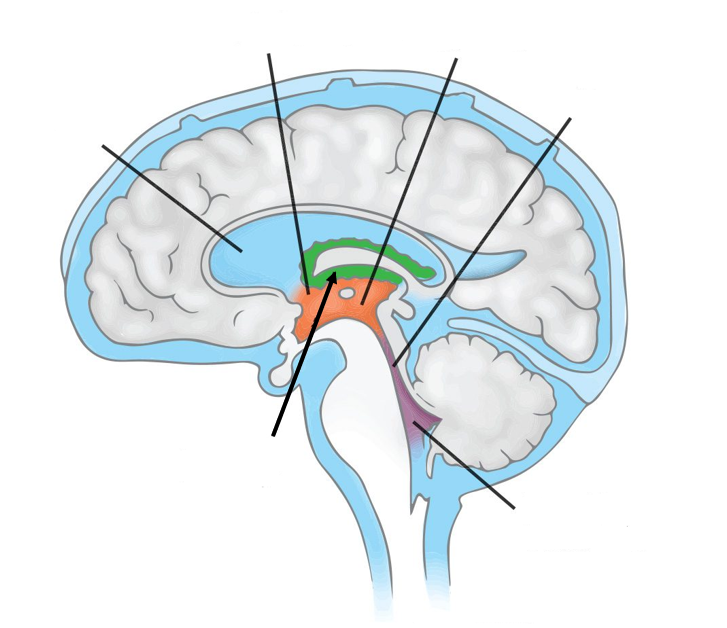
Olfactory (CN I)
Sensory

Optic (CN II)
Sensory
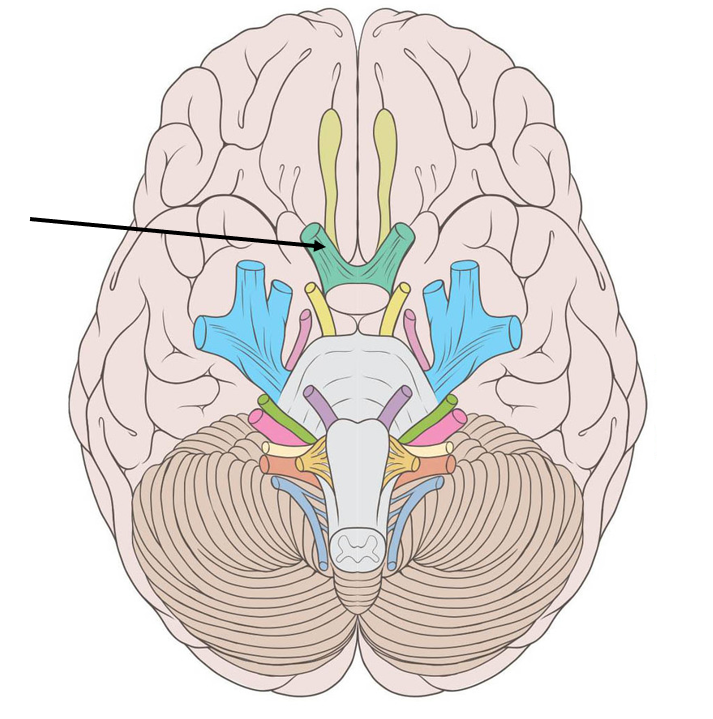
Oculomotor (CN III)
Somatic motor and parasympathetic
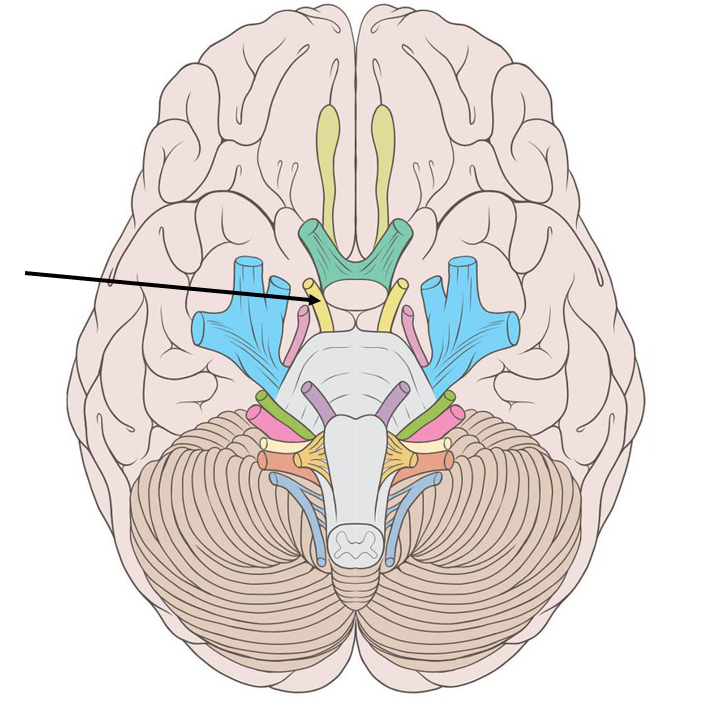
Trochlear (CN IV)
Somatic motor
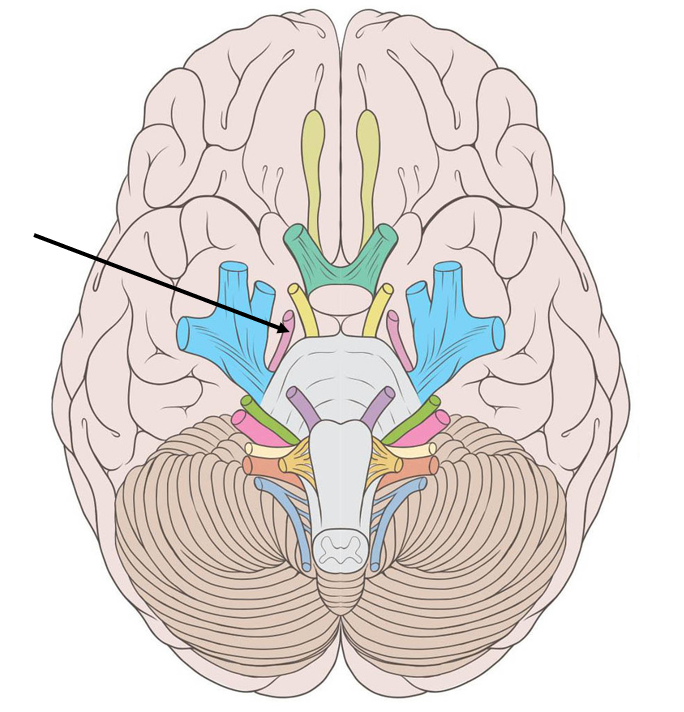
Trigeminal (CN V)
Somatic motor and sensory
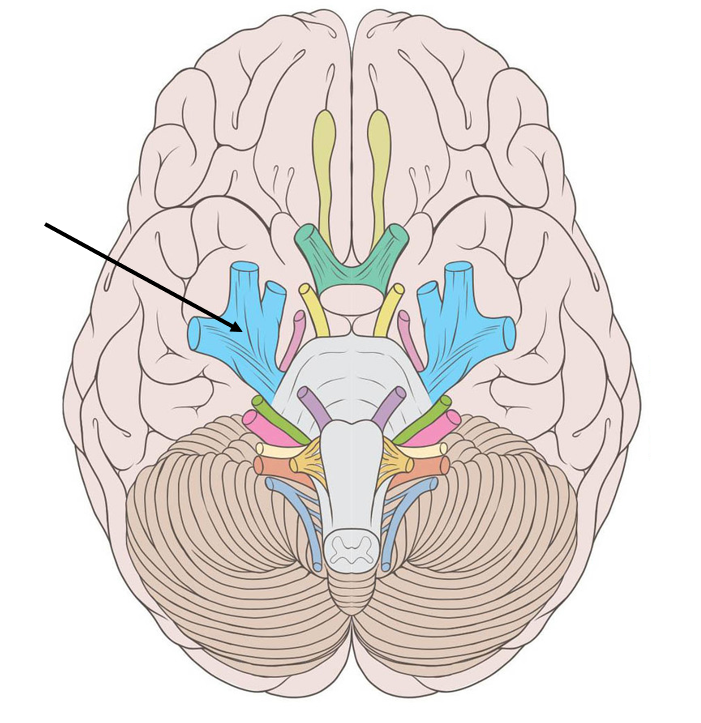
Abducens (CN VI)
Somatic motor

Facial (CN VII)
Somatic motor, sensory, and parasympathetic

Vestibulocochlear (CN VIII)
Sensory
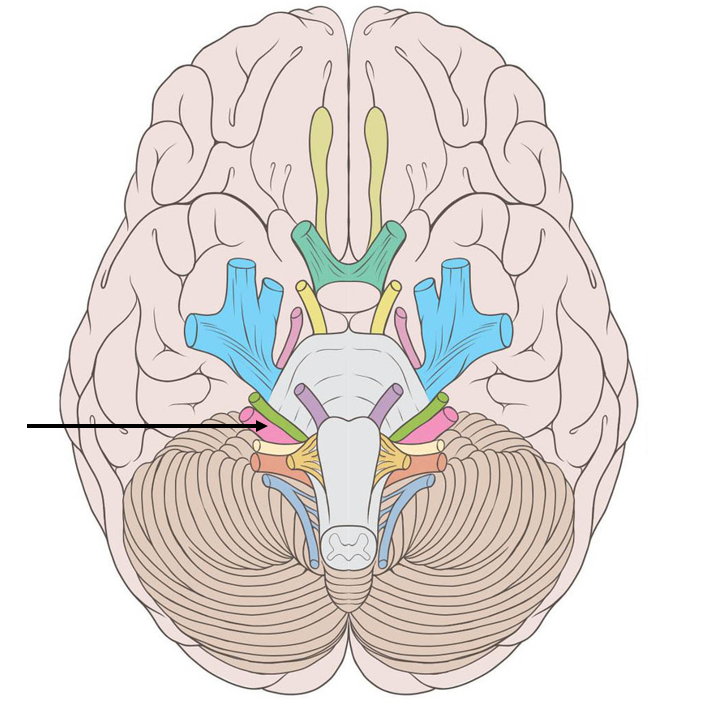
Glossopharyngeal (CN IX)
Somatic motor, sensory, and parasympathetic

Vagus (CN X)
Somatic motor, sensory, and parasympathetic

Accessory (CN XI)
Somatic motor

Hypoglossal (CN XII)
Somatic motor
